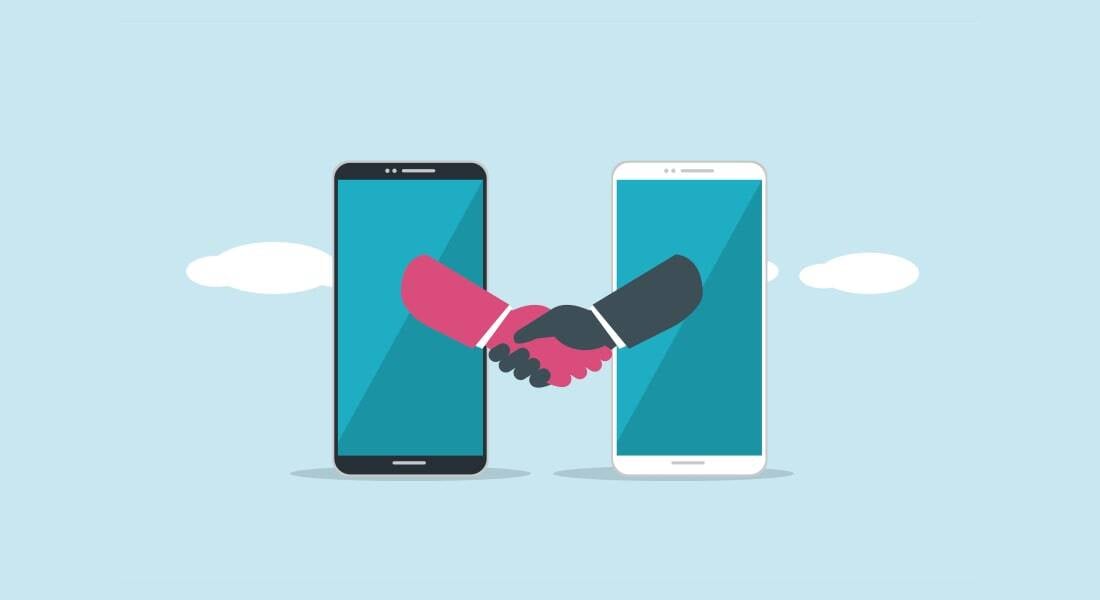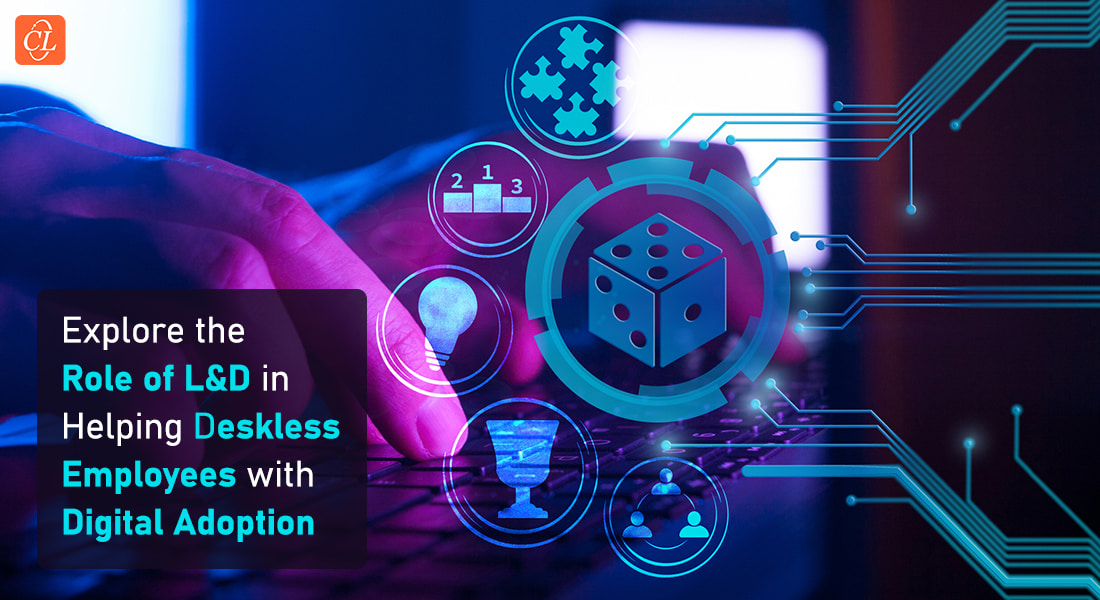5 Use Cases of Gamification in Corporate Training to Boost Learner Engagement

Let's face it, traditional corporate training can be...well, dull. Trainees often struggle to stay engaged with lengthy lectures, static presentations, and rote memorization. This leads to poor knowledge retention, disengaged participants, and ultimately, ineffective training. But what if there was a way to make learning fun, interactive, and even addictive? That's where gamification comes in. Simply put, gamification is the application of game design elements to non-game contexts. It's not about turning training into a full-blown video game, but rather incorporating key game mechanics to make learning more enjoyable, motivating, and ultimately, effective.
Trying to Incorporate Gamification in Your Corporate Training Programs?
Here are a few of its primary use cases -
- Onboarding and new hire training
- Sales training
- Compliance training
- Soft skills training
- Continuous learning and development
What Are The Various Use Cases of Gamification?
1. Onboarding and New Hire Training
Imagine new hires navigating a virtual company headquarters, completing interactive modules to earn badges and points, and competing in friendly challenges to learn essential skills. This is the power of gamified onboarding.
- Examples:
- Points and badges for completing onboarding modules on company policies, procedures, and culture.
- Interactive scenarios where new hires practice decision-making and problem-solving in simulated situations.
- Virtual tours of the office or company facilities to increase familiarity and engagement.
→ Download eBook Now: Online Learning Services
- Benefits:
- Increased knowledge retention and faster skill development.
- Improved company culture integration and sense of belonging.
- Boosted motivation and engagement from the start.
2. Sales Training
Sharpen your sales team's skills with gamified sales training! Imagine role-playing simulations against virtual customers, competing in sales competitions for leaderboard glory, and earning rewards for mastering negotiation tactics.
- Examples:
- Role-playing simulations with AI-powered virtual customers who react to different sales approaches.
- Sales competitions with leaderboards and prizes to encourage friendly competition and drive performance.
- Gamified quizzes and challenges to test and reinforce key sales knowledge and techniques.
- Benefits:
- Improved sales techniques and closing rates.
- Increased motivation and competition within the sales team.
- Enhanced communication, negotiation, and problem-solving skills.

3. Compliance Training
Compliance training doesn't have to be a drag. Gamification can make it interactive and even enjoyable, ensuring employees understand and follow important policies.
- Examples:
- Quizzes with points and rewards for completing mandatory compliance courses.
- Scenario-based decision-making games where employees choose the right action based on company policies.
- Gamified challenges to encourage timely completion of required training modules.
- Benefits:
- Improved compliance rates and reduced risk of violations.
- Increased awareness and understanding of company policies.
- More positive employee experience with compliance training.
4. Soft Skills Training
Soft skills are crucial for success in any workplace, but traditional training methods can fall short of developing these essential abilities. Gamification can bridge the gap by creating engaging and interactive experiences that foster important soft skills. Just as a bonus, here are a few platforms you can use for upskilling.

- Examples:
- Team-based problem-solving challenges where participants collaborate to overcome obstacles and earn rewards.
- Communication simulations where trainees practice negotiation, public speaking, and active listening in gamified scenarios.
- Feedback and points awarded for effective collaboration, leadership, and communication within the game.
- Benefits:
- Enhanced communication and interpersonal skills across all levels of the organization.
- Improved teamwork and collaboration within teams and departments.
- Boosted leadership qualities and problem-solving abilities.
5. Continuous Learning and Development
In today's fast-paced business environment, continuous learning is essential. Gamification can encourage employees to embrace an ongoing learning mindset and actively pursue skill development.
- Examples:
- Points awarded for completing learning paths and acquiring new skills within the gamified platform.
- Badges earned for demonstrating mastery of specific skills or knowledge areas.
- Leaderboards for ongoing challenges that encourage employees to continuously learn and improve.
- Personalized learning recommendations based on individual performance and skill gaps.
- Benefits:
- Encourages a culture of continuous learning and development within the organization.
- Identifies skill gaps and strengths within the workforce for targeted training efforts.
- Increases employee engagement and motivation to learn and grow.
What Are The Key Considerations for Successful Gamification?
While gamification holds immense potential, its success hinges on careful planning and execution. Here are some key considerations to ensure your gamified training program truly shines.
1. Alignment with Learning Objectives and Company Goals
- Ensure the chosen game mechanics and rewards directly support the specific learning objectives and desired behavioral changes.
- Align your gamified training with broader company goals and performance metrics for maximum impact.
2. Clear Rules and Rewards System
- Establish transparent rules, gameplay instructions, and scoring mechanisms that are easy to understand and follow.
- Design meaningful and relevant rewards system that motivates participation and aligns with company values and culture.
3. Engaging and Relevant Mechanics
- Choose game mechanics that match the training content and target audience, avoiding gimmicks that distract from learning.
- Ensure the chosen mechanics are engaging and offer a variety of challenges to maintain interest and motivation.
4. Variety and Challenge in Gameplay
- Avoid repetitive tasks and predictable outcomes by incorporating different gameplay elements and scenarios to keep learners engaged.
- Offer increasing levels of difficulty and challenges to cater to diverse learning styles and abilities.
5. Feedback and Progress Tracking
- Provide immediate feedback on performance, progress, and achievements to reinforce learning and encourage continued participation.
- Allow learners to track their progress and achievements through leaderboards, badges, or personalized dashboards.
6. Balance Between Competition and Collaboration
- Foster a healthy balance between individual competition and collaborative teamwork depending on the desired learning outcomes.
- Consider incorporating both individual and team-based challenges to cater to different preferences and encourage engagement.
Wrapping Up!
Gamification has the power to revolutionize corporate training by making it fun, engaging, and ultimately, effective. By carefully considering the key factors outlined above, you can leverage the power of game mechanics to transform your training programs. Techniques such as gamification can easily revolutionize corporate training to a new level, and here’s a free eBook to help you with that. Check it out now!





